When planning to develop a mobile app, the first question is often, “How much does it cost in 2025?” It’s a fair question. The answer depends on your app idea, complexity, and the platform you choose.
Whether you’re a startup founder with a fresh app idea or an established business looking to digitise operations, understanding the app development cost is key to making informed decisions. Knowing your budget early helps avoid surprises and ensures more thoughtful planning.
Factors Determining Mobile App Development Cost
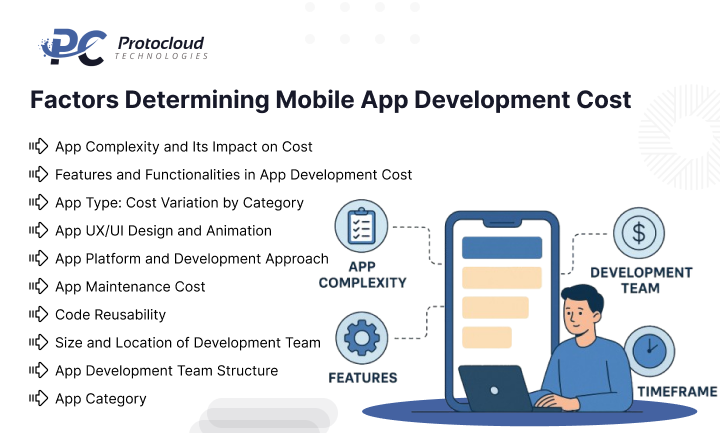
When it comes to mobile app development, one big question always comes up: How much does it cost to build an app?
The answer depends on many factors. App complexity, features, platform choice, and design all play a significant role. The cost can range from a few thousand dollars to several hundred thousand.
Let’s break down the significant factors that influence app development cost so you know where your budget is going.
1. App Complexity and Its Impact on Cost
The complexity of your mobile application is the most significant cost driver. More features, advanced tech, and integrations mean more time and money.
Simple App Development Cost
A basic app development cost falls between $5,000 and $50,000. These apps usually include:
●Simple login
●User profile
●Service management dashboard
●Basic security
They are quick to build and help users access services fast.
Medium App Development Cost
Creating a medium-complexity app often falls in the $45,000–$100,000 range. These apps include:
●Payment gateways
●Social media integration
●Multiple monetisation models
They’re designed for higher engagement and smooth communication between businesses and users.
Complex App Development Cost
Developing a high-complexity app typically costs $100,000 to $350,000—and sometimes even more. These apps utilise AI, AR, VR, ML, and blockchain technologies.
For example, a fantasy sports application with cryptocurrency app features like crypto payments or encrypted messaging falls in this category.
Average Mobile App Development Cost
●Simple app: $5,000 – $50,000
●Medium app: $45,000 – $100,000
●Complex app: $100,000 – $350,000
Mobile App Development Timeline
●Simple MVP app: 2–3 months, $10,000 – $50,000
●Medium complex app: 4–6 months, $50,000 – $100,000
●Highly complex app: 8–12 months, $100,000 – $300,000
A professional mobile app development company can guide you on which category fits your business best.
2. Features and Functionalities in App Development Cost
The second major factor is features and functionalities. The more powerful the app, the more you’ll invest.
Key Features That Influence Costs
●UI Optimisation & Responsive Digital Solution: Your app should work on multiple devices and adapt to various screen sizes.
●Landscape & Portrait Mode: Essential for gaming and streaming apps.
●Mobile OS Versions Support & Device Models Support: More devices mean more tweaks and a higher cost.
●Offline Mode: Apps that function offline add extra cost but improve usability.
●Push Notifications: Alerts and updates keep users engaged, but they also add to expenses.
●User Profile & Social Login: Easier sign-in improves the user experience, but it also increases cost if not optimised.
●Mobile App Onboarding: Smooth onboarding boosts retention and requires careful design.
●Localisation & Multilingual Support: Adds global appeal but requires translation, increasing cost.
●In-App Chat & Chatbot: A simple chatbot is cheaper, but an AI chatbot or intelligent chatbot costs more.
●App Analytics & Usage Tracking: Tools like Google Analytics for apps or Flurry Analytics track user behaviour, in-app payments, and revenue.
●Intelligent Product Feedback: Automates reviews and integrates user feedback to refine your app.
●Integrating Payments & More: Payment gateways, Apple Maps integration, Google Maps integration, PayPal integration, Stripe integration, Skrill integration, gesture control, image recognition, voice recognition, and OCR all add to the budget.
Each feature adds value—but also increases your mobile app development cost.
3. App Type: Cost Variation by Category
The type of app you build significantly impacts the final cost.
●Offline Standalone App: $10,000 – $35,000. Works without the internet.
●Moderate Online Connectivity App: $25,000 – $55,000. Combines online and offline features.
●Business App Development: Varies depending on services, monetisation models, and security.
Each app type requires different levels of mobile application complexity, impacting overall cost.
4. App UX/UI Design and Animation
A well-designed app wins users. Great UX/UI design can impact your budget just as much as features do.
Design Elements That Add to Cost
●Custom icons
●Prototyping
●Navigation design
●Animations
●App aesthetics
App Design Process and Pricing
●Market research and analysis: $100 – $350
●UX design (rough sketches): $1,500 – $8,500
●UI design (final mockups): $10,000 – $40,000
●Logos, icons, social media graphics: $5,000 – $20,000
●Animations and illustrations: $1,000 – $20,000
Good design isn’t just about looks. It drives engagement, reduces churn, and impacts your app development cost.
5. App Platform and Development Approach
The number of platforms also affects the cost to develop mobile applications.
Native App Development
●Native mobile app for iOS or Android.
●Best performance but higher cost.
●Android app developers: $35 – $75/hour.
●iOS app developers: $45 – $85/hour.
Cross-Platform App Development
●One codebase for both iOS and Android.
●Faster delivery.
●Cost: $25,000 – $50,000.
Hybrid App Development
●Works on mobile and web browsers.
●Wider reach at an affordable cost.
Progressive Web App (PWA) Development
●PWAs run like mobile apps but inside browsers.
●Flexible, cost-effective, and scalable.
Average Cost by Platform
●Native mobile app: $50,000 – $100,000
●Cross-platform app: $25,000 – $50,000
●Web application development: $15,000 – $50,000
●PWA development: $20,000 – $60,000
A mobile app development company can help you choose between native, cross-platform, hybrid, and PWAs based on your budget and goals.
6. App Maintenance Cost
Building an app doesn’t end at launch. You’ll need ongoing support. When hiring a mobile app development agency, ensure the SRS (Software Requirement Specification) includes app maintenance services.
Maintenance usually covers:
●Upgrading tech stack
●Reviewing bugs and performance
●Performance optimization
●Iterating for user convenience
Most mobile app development companies offer these as long-term services. A reliable consulting firm will clearly state whether maintenance is included in the app development quote.
7. Code Reusability
Reusing code can slash mobile app development costs significantly.
If your development team reuses existing code and updates only visuals like logos or images, it saves time and money. This approach allows businesses to focus on innovation rather than rewriting every function.
8. Size and Location of Development Team
Team location is another factor that shapes your app budget. You can opt for nearshore app development or offshore app development, depending on your specific needs.
●Choose nearshore development—partner with trusted app experts close to home. The time zone difference is usually only 2–4 hours.
●Offshore app development: Work with a mobile app development agency in another country. Although the time zones may not match, you can often get affordable rates and access to skilled professionals.
Here’s how the cost of mobile app development based on geographical locations looks:
| Country | App Development Cost (per hour) |
|---|---|
| India | $20 – $40 |
| Ukraine | $30 – $100 |
| Philippines | $30 – $60 |
| US | $150 – $250 |
| Spain | $40 – $150 |
| Poland | $50 – $170 |
No surprise that many companies hire Android app developers in India or similar markets for business mobile app development.
9. App Development Team Structure
The app development team structure plays a significant role in total expenses. The average cost of hiring a developer can start at $25 per hour. But as project complexity and project features grow, so does the budget.
One app developer cannot handle your entire project. You’ll need multiple specialists, each charging based on skill sets and experience level.
Here’s a look at the average development rate for key professionals:
| Professionals | Hourly Rate |
|---|---|
| Project Manager | $30 – $55 |
| Business Analyst | $30 – $50 |
| Developers | $30 – $80 |
| Quality Analyst | $40 – $55 |
| Graphic Designers | $30 – $55 |
These costs vary by region, but this gives you a clear idea of how project cost is divided.
10. App Category
The type of app you build is a significant factor in how much it costs. Each category has unique needs, including app security, functionality, and user count.
Here’s an estimate of costs and timelines for popular app categories:
| App Category | Average Cost | Approximate Time |
|---|---|---|
| Ecommerce | $30,000 – $150,000 | 3–6 weeks |
| Healthcare | $30,000 – $250,000 | 4–8 weeks |
| Social Media | $30,000 – $300,000 | 3–5 weeks |
| Fintech & Banking | $30,000 – $250,000 | 4–8 weeks |
| Retail | $30,000 – $150,000 | 3–5 weeks |
| Education | $30,000 – $100,000 | 2–4 weeks |
| Real Estate | $30,000 – $250,000 | 3–5 weeks |
| Fantasy Apps | $30,000 – $150,000 | 2–6 weeks |
These are only average numbers. The final app development cost can vary depending on factors such as design, integrations, and platform. That’s why discussing details with a trusted software development company is essential.
Hidden Factors Affecting Mobile App Development Cost
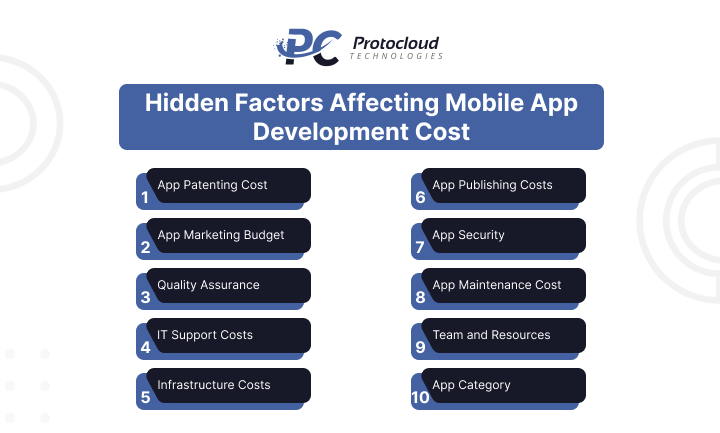
When considering mobile app development costs, you likely focus on design, coding, or features. But the truth is, the cost of creating a mobile application goes much deeper.
Several hidden factors quietly influence your app development cost. Ignoring them can blow your budget. Let’s break down the key areas that impact the cost to build a mobile app.
1. App Patenting Cost
Protecting your idea is essential. No patent? Then anyone can copy your idea.
App patenting cost includes licenses and filing fees. Partnering with a trusted mobile app development company helps you get this done smoothly.
2. App Marketing Budget
Even the best app fails if people don’t know it exists. That’s why you need an app marketing budget.
Factor in the cost of app marketing, like:
●Paid collaborations
●Content marketing
●Social media campaigns
●Email marketing
●Influencer promotions
Marketing builds hype, improves visibility, and directly impacts the cost of mobile app development.
3. Quality Assurance
Testing is non-negotiable. Bugs frustrate users and damage your reputation.
App quality assurance cost covers QA and testing. To save money, launch a beta version first, gather feedback, and refine. This can reduce the overall app development cost.
4. IT Support Costs
After launch, you’ll need updates, bug fixes, and security patches. These fall under IT support costs for apps.
Though they add to the mobile application cost, they ensure your app stays secure and relevant.
5. Infrastructure Costs
Infrastructure plays a significant role in performance. Servers, storage, and cloud needs are part of infrastructure costs for mobile app development.
Servers help you:
●Store data safely
●Sync with cloud systems
●Enable user communication
All of these raise the cost of developing a mobile app but are essential for smooth operations.
6. App Publishing Costs
Publishing also adds expenses:
●Google Play Store: $25 (one-time)
●Apple App Store: $99 (annual)
Although these app publishing costs may look small, they should be included in your app development budget.
7. App Security
Users demand privacy. Security features like encryption and fraud detection raise your mobile app security cost, but skipping them can destroy trust.
Strong security directly affects the cost to build a mobile app, yet it’s worth every dollar.
8. App Maintenance Cost
Apps need regular updates. App maintenance cost usually covers:
●Tech upgrades
●Bug fixing
●Performance boosts
●User experience improvements
Many mobile app development companies offer maintenance as part of their long-term services.
9. Team and Resources
Your team structure impacts cost. Developers, designers, managers, and testers all charge differently.
Example hourly rates:
●Developers: $30–$80
●QA Specialists: $40–$55
●Project Managers: $30–$55
A reliable mobile app development company will provide clear cost breakdowns to avoid surprises.
10. App Category
The type of app you build has a huge impact. The more features and security you add, the higher the development cost climbs.
Average costs by category:
●Ecommerce: $30k–$150k
●Dating: $30k–$200k
●Healthcare: $30k–$250k
●Social Media: $30k–$300k
These numbers are estimates. The actual cost of mobile app development depends on the complexity and features of the app.
Most Popular Apps and Their Development Costs

The mobile app market is growing fast. From business tools to lifestyle platforms, apps are shaping how we work, shop, and connect.
But one question comes up again and again: What is the real app development cost for building an app like the big players?
Here’s a breakdown of the most popular apps, their features, and their costs.
1. Zoom – Business App
Zoom is the world’s favourite video conferencing app for virtual meetings. It offers cloud meetings, screen sharing, document collaboration, audio and video communication, and smooth remote connections.
App development cost: $30,000 – $200,000
A reliable mobile app development company can help you decide on features and keep costs efficient.
2. TikTok – Entertainment App
TikTok isn’t just another app—it’s the go-to hub for short videos and creativity. With over 1.58 billion people tuning in every month, it’s today’s most addictive and engaging video-sharing platform.
TikTok development cost: $20,000 – $250,000
Building an app like TikTok requires significant investment in video editing, feeds, and live streaming.
3. DoorDash – Food Delivery App
DoorDash dominates the food delivery service space. It connects restaurants with customers for easy online food ordering.
App development cost: $100,000 – $180,000
Features like order tracking and payment systems can push costs higher.
4. Tinder – Lifestyle App
Tinder transformed online dating by turning it into a simple swipe experience. It sees over 1 billion swipes daily. Free to use, it also offers premium upgrades for revenue.
App development cost: $25,000 – $120,000
Premium perks like video chat and intelligent matchmaking usually come at a higher price.
5. Airbnb – Travel App
Airbnb transformed the vacation rental app industry. This property rental platform lets hosts set flexible prices while travellers get affordable stays.
App development cost: $40,000 – $300,000
Costs vary depending on secure payments, booking tools, and host verification
How Can You Optimise Your Mobile App Development Costs?

Building a mobile app is exciting—but it often comes with a high app development cost.
The good news? With the right approach, you can reduce expenses without losing quality. A reliable mobile app development company can guide you, but it’s also essential to understand the key strategies yourself.
1. Prioritise Essential Features
Don’t try to build everything at once. Prioritise essential features that deliver value fast.
Start with a minimum viable product (MVP). This helps you keep costs down while testing your idea in the real market. Later, you can add “nice-to-have” features when you have more resources.
2. Involve Quality Assurance Early
Bugs are expensive to fix later. The longer you wait, the higher your app testing cost.
That’s why it’s smart to involve quality assurance early. By detecting app bugs and errors at the start, you save time and money while improving app quality.
3. Plan for the Future
An app evolves with users and the market. What works today may change tomorrow.
Focus on both short-term wins and long-term vision. If you begin with MVP development, future updates based on feedback will cost less than rebuilding from scratch.
4. In-house vs Outsourcing
Your app development staffing structure matters.
●In-house app development offers more control, but at a higher cost.
●Outsourcing app development access to global talent, reduced overhead, and faster delivery.
For many startups, outsourcing app development benefits outweigh in-house work, especially when budgets are tight.
5. Choose Cross-Platform Development
Should you build for Android or iOS? Building both platforms with native apps can double your costs.
The more brilliant move: cross-platform development. One codebase covers both platforms, giving you cross-platform app cost savings.
Top tools include:
●Flutter app development
●React Native app development
●Unity 3D app development
These deliver cost-effective mobile apps without losing performance.
Partner with an experienced mobile app development company to maximise your investment. With the right plan, you’ll build a high-quality app while keeping your app development cost under control.
Stepwise Guide to Developing a Mobile App and What It Costs
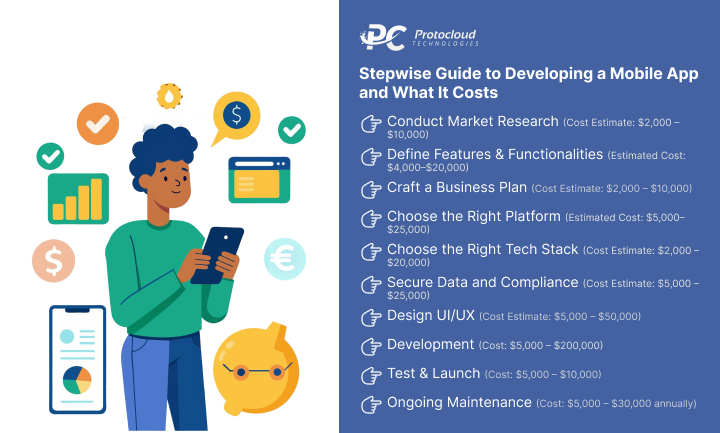
Building an app can feel complicated, but breaking it into steps makes it simple. Each stage impacts the app development cost, so understanding the process helps you plan better.
Here’s how top mobile app development companies build apps while keeping costs in check:
1. Conduct Market Research (Cost Estimate: $2,000 – $10,000)
Research comes first—don’t write a single line of code without it.
Conduct market research for mobile apps to understand your users, competitors, and trends. Dive into reviews, ratings, and customer feedback.
This way, you create something people actually want.
Skipping research? That mistake could cost you more than the cost of the mobile app market research itself.
●Action: Study competitor apps, analyse user needs, and find market gaps.
●Outcome: A clear target audience profile and a roadmap for your app.
2. Define Features & Functionalities (Estimated Cost: $4,000–$20,000)
Once research is complete, move to features.
Prioritising strong mobile app features ensures you don’t overspend. Build a minimum viable product (MVP) first. With the MVP development cost being lower, you launch quickly, test your idea, and collect feedback.
●Action: Start with essential features, then expand later.
●Outcome: A cost-effective MVP that delivers value.
3. Craft a Business Plan (Cost Estimate: $2,000 – $10,000)
A clear business plan saves money.
Investing in a mobile app business plan is a cost-effective approach compared to building without a strategy. Outline your app revenue model—ads, downloads, or in-app purchases. Pair it with marketing and growth projections.
●Action: Set goals, define monetisation, and draft a financial plan.
●Outcome: A roadmap to maximise profits and reduce risk.
4. Choose the Right Platform (Estimated Cost: $5,000–$25,000)
Your choice of platform affects the total app development cost.
Native apps for iOS or Android come with higher costs. Developing an iOS app or an Android app is more expensive than building for just one platform.
That’s why many choose cross-platform app development for cost savings through tools like Flutter app development or React Native app development.
●Action: Choose iOS, Android, or a cross-platform solution based on your goals and budget.
●Outcome: A platform strategy that balances performance with cost.
5. Choose the Right Tech Stack (Cost Estimate: $2,000 – $20,000)
Your tech stack defines app performance.
The tech stack cost includes programming languages, frameworks, and databases. A strong stack means fewer bugs, smoother updates, and lower future expenses.
●Action: Match languages and frameworks with your app’s needs.
●Outcome: A scalable, stable app foundation.
6. Secure Data and Compliance (Cost Estimate: $5,000 – $25,000)
Security isn’t optional.
If you handle sensitive data, factor in app security measures. You’ll also need a GDPR compliance app cost or a CCPA compliance app cost, depending on your region. Skipping this step? That mistake could be devastating.
●Action: Add encryption, two-factor authentication, and compliance checks.
●Outcome: A safe, compliant app your users can trust.
7. Design UI/UX (Cost Estimate: $5,000 – $50,000)
Design defines the user experience.
The UI UX design cost for mobile apps includes wireframes, prototypes, and interface design. A polished UI improves engagement. Great app user experience design makes navigation seamless.
●Action: Collaborate with designers to develop a user-friendly, visually appealing interface.
●Outcome: An intuitive app that boosts retention and downloads
8. Development (Cost: $5,000 – $200,000)
Most of your development expenses happen at this stage. Working with an experienced mobile app development company ensures quality, scalability, and timely delivery.
9. Test & Launch (Cost: $5,000 – $10,000)
Before going live, your app must be tested on different devices to ensure it’s bug-free and user-friendly. Unit tests, integration tests, and UAT (User Acceptance Testing) help iron out issues. Once everything is smooth, it’s ready to launch on app stores.
●Action: Test across devices and platforms.
●Outcome: A polished, stable app ready for users.
10. Ongoing Maintenance (Cost: $5,000 – $30,000 annually)
Launching is just the start. Apps need regular updates, bug fixes, and new features to stay competitive. On average, annual maintenance costs are about 20–25% of the initial app development cost.
●Action: Plan for updates and fixes.
●Outcome: An evolving app that keeps users engaged long-term
Conclusion
Developing a mobile app today requires careful planning and budgeting. Without proper preparation, costs can rise, and projects may face delays. A clear strategy ensures your resources are well-spent.
On average, the app development cost ranges from $10,000 to $100,000 or more. The exact amount depends on complexity, platform, design, and development requirements. Knowing these factors early allows businesses and startup founders to make smarter decisions.

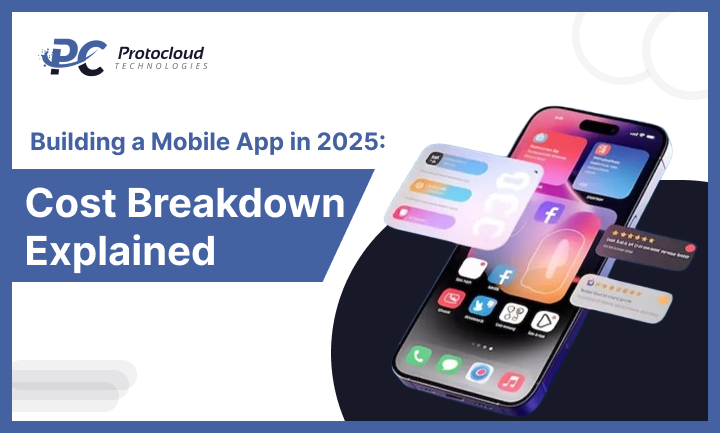

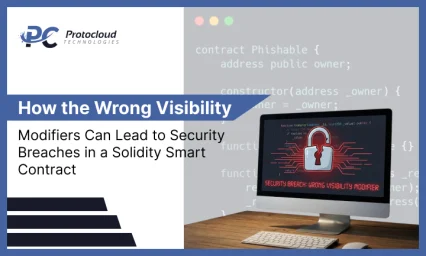
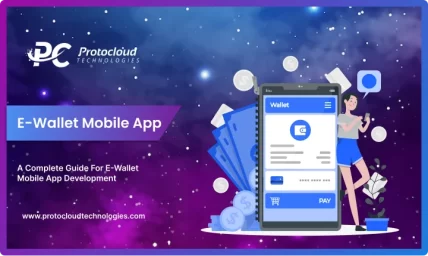
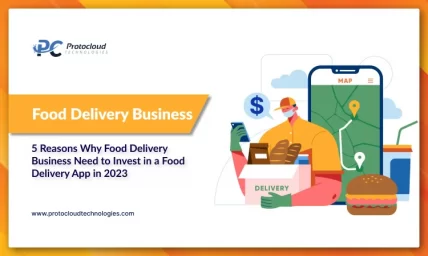
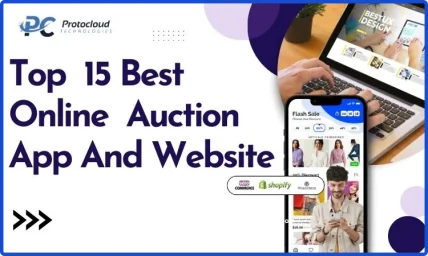
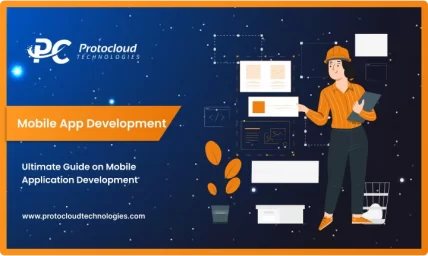
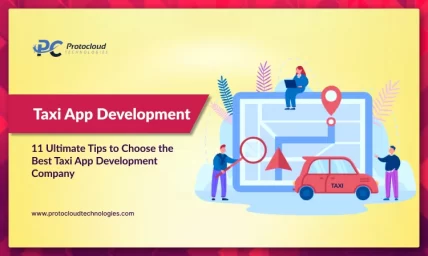
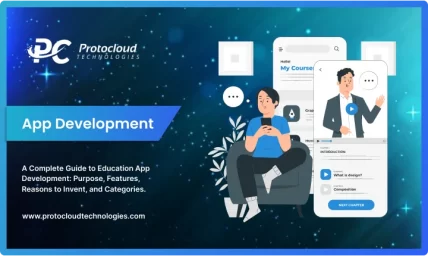
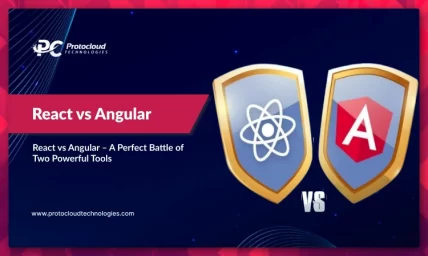

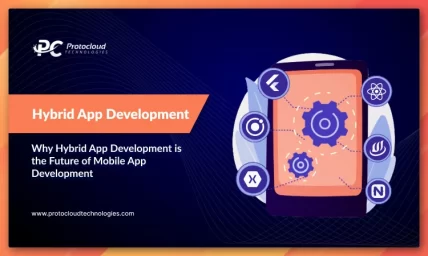
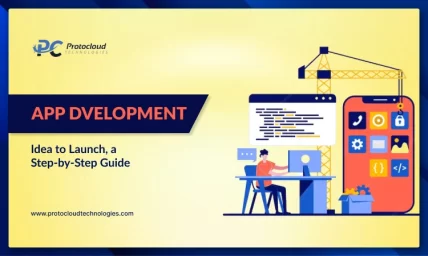
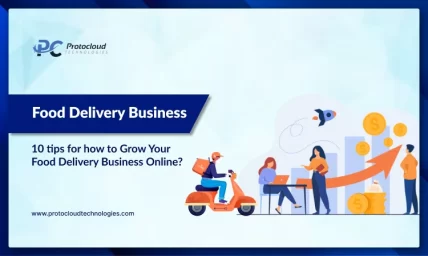
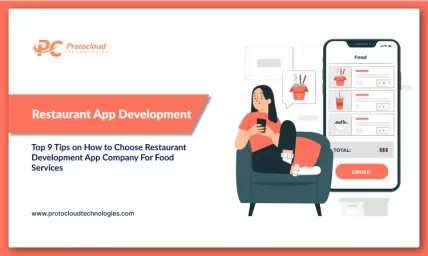

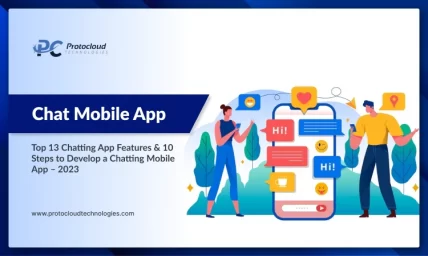
Leave a Reply